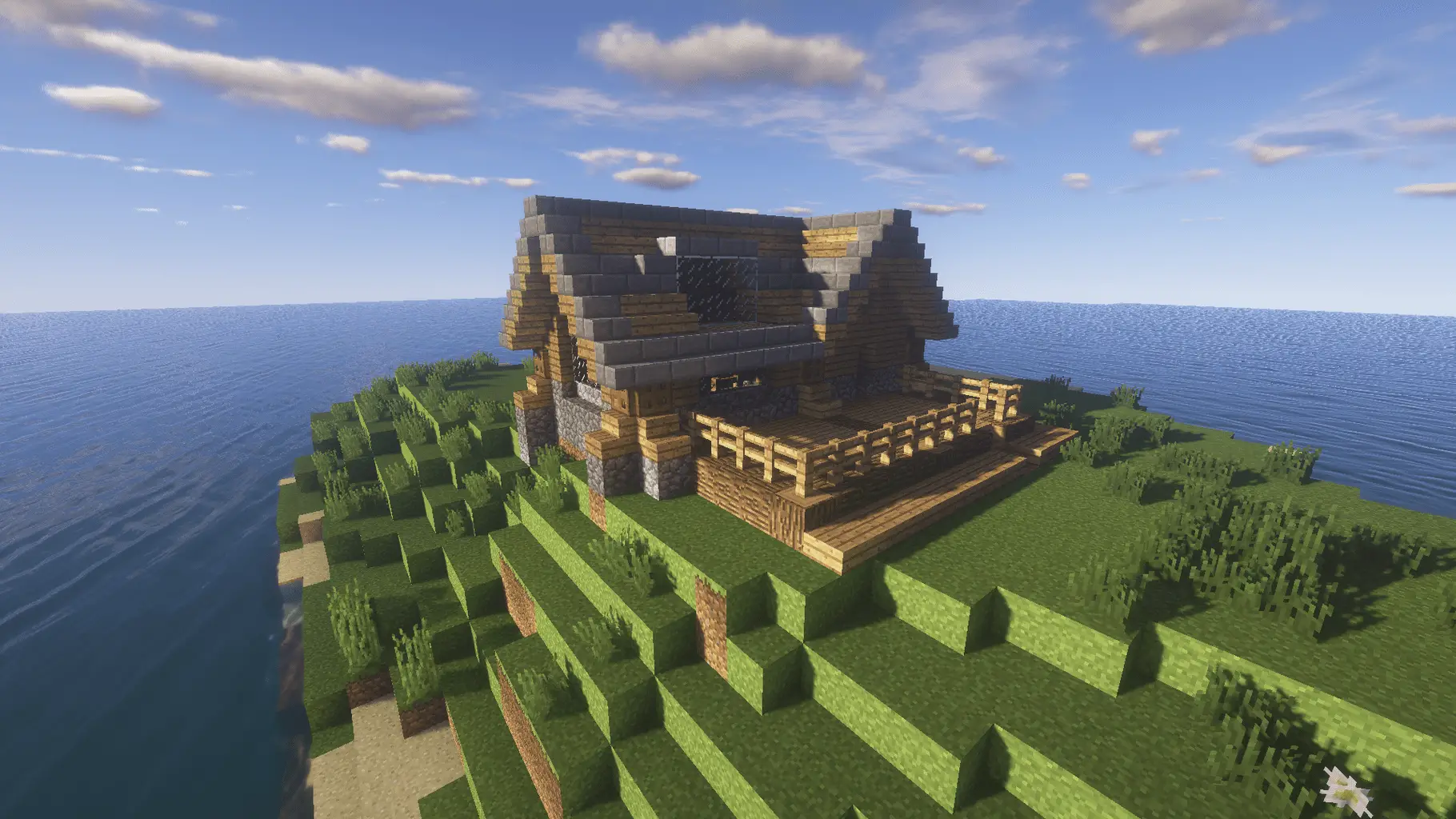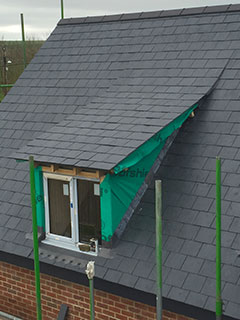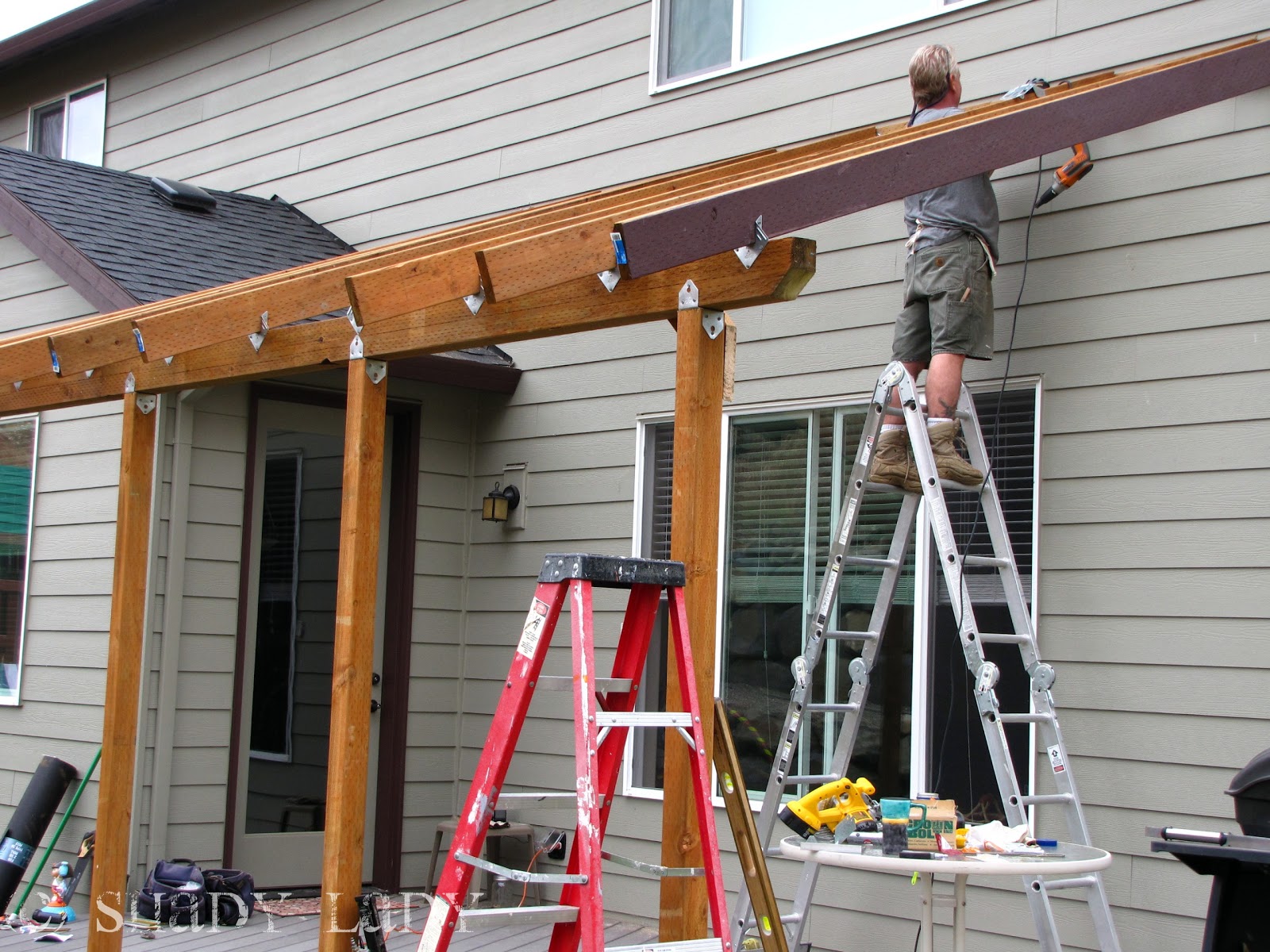
However the shells of middle ages were massive masonry structures but nowadays thin R.C.C. An examination of places of worships built in India, Europe and Islamic nations show that shell structures were in usage for the last 800 to 1000 years. In these roofs lot of load is transferred by membrane compression instead of by bending as in the case of conventional slab and beam constructions. Shells and Folded Plate Roofs: Shell roof may be defined as a curved surface, the thickness of which is small compared to the other dimensions. 8.17 shows the details of a typical steel truss. Figure 8.16 shows a typical wooden truss details and Fig. Figure 8.15 shows different shapes of trusses used. End of trusses are supported on walls or on column. In case of steel trusses joints are made using gusset plates and by providing bolts or rivets or welding.ĭepending upon the span, trusses of different shapes are used. In case of wooden trusses suitable carpentry joints are made to connect various members at a joint. For spans up to 9 m wooden trusses may be used but for larger spans steel trusses are a must. Purlins are provided over the trusses which in turn support roof sheets.
#BUILD ROOFS FREE#
A number of trusses may be placed lengthwise to get wall free longer halls. (c) Trussed Roof: If span is more, a frame work of slender members are used to support sloping roofs. Figure 8.14 shows a typical double or purlin roof. The intermediate support is given to rafters by purlins supported over collar beams. For spans more than 5 m double purlin roofs are preferred. (b) Double or Purlin Roofs: If span exceeds, the cost of rafters increase and single roof becomes uneconomical.

Figure 8.13 shows various types of single roofs. Battens run over the rafters to support tiles. In all these roofs rafters placed at 600 mm to 800 mm spacing are main members taking load of the roof. (iii) Coupled-close roof (iv) Collar beam roof (a) Single Roof: If the span of roof is less than 5 m the following types of single roofs are used. (a) Single roofs (b) Double or purlin roofs In all these roofs covering sheets like A.C. The sloping roofs are preferred in large spanned structures like workshops, factory buildings and ware houses. The sloped roofs are known as pitched roofs. They may have slopes as much as 45° to 60° also. The slope of roof shall be more than 10°. Pitched Roofs: In the areas of heavy rain falls and snow fall sloping roof are used. Types of Flat Roofs: All the types listed for upper floors can be used as flat roofs.Ģ. (f) Speed of construction of flat roofs is less. (e) The initial cost of construction is more. (d) In places of snow fall flat roofs are to be avoided to reduce snow load. (c) The dead weight of flat roofs is more. Once leakage problem starts, it needs costly treatments. (b) Leakage problem may occur at latter date also due to development of cracks. (a) They cannot cover large column free areas. (e) They can be made fire proof easily compared to pitched roof. (d) Over-head water tanks and other services can be located easily. (c) They can suit to any shape of the building. (b) At any latter stage the roof can be converted as a floor by adding another storey.

(a) The roof can be used as a terrace for playing and celebrating functions.

With advent of reliable water proofing techniques such roofs are constructed even in areas with heavy rain fall. Many times top of these roofs are treated with water proofing materials-like mixing water proofing chemicals in concrete, providing coba concrete. All types of upper storey floors can serve as flat roofs. However slight slope (not more than 10°) is given to drain out the rain water. Shells and folded plate roofs are used to cover largeĬolumn free areas required for auditoriums, factories etc. Various types of roofs used may be divided broadly into three types:įlat roofs are used in plains where rainfall is less and climate is moderate. Roof is the upper most portion of the building which protects the building from rain, wind and sun.


 0 kommentar(er)
0 kommentar(er)
